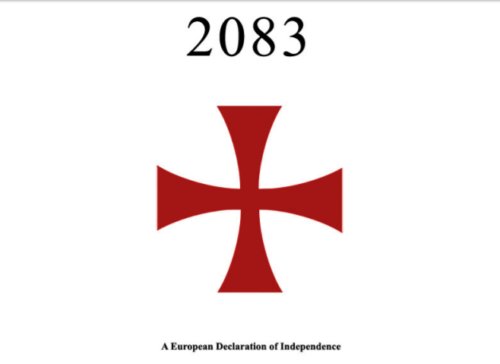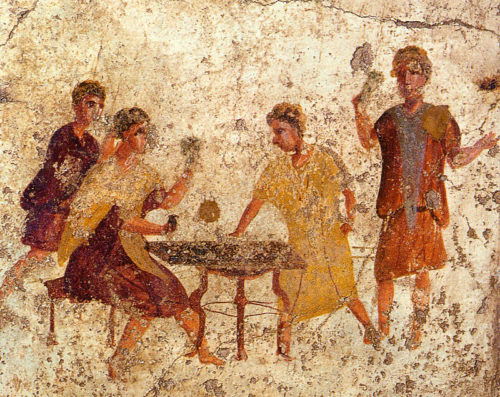
Most readers are familiar with the concept of there being four classical elements, and that those classical elements are fire, air, water and earth. Those four elements do indeed form a complete quadripartite system, but this system is itself a feminine perspective on the ideal of a quadripartite system. This essay looks at its masculine counterpart as well.
The difference is that both sets of four flow from only one of from what can be described as The Fundamental Masculine Orientation and The Fundamental Feminine Orientation. Fundamentally, a masculine orientation will see the world in terms of differences, and a feminine orientation will see the world in terms of similarities.
This is because the masculine tends to measure itself against other men in a hierarchy, and to struggle to become greater than other men, whereas the feminine tends to smooth differences over for the sake of group solidarity, and in doing so implicitly asserts that no-one is any greater than anyone else.
The four feminine elements are known as the four classical elements of fire, air, water and earth. These are feminine elements because they all have equal value – the world and life could not exist without any of the four.
They are also known as feminine elements because they directly correspond to the natural, physical world, which is feminine in contrast to the masculine world of ideals. The earth refers to the clay underneath us, the water refers to the rain, the oceans and the rivers, the air refers to that which we breathe and move around in and the fire refers to the light of the Sun and the stars.
More precisely, it can be said, as Aristotle did, that fire represents that which is hot and dry, air that which is hot and wet, water that which is cold and wet and earth that which is cold and dry.
The four masculine elements have been known for as long as the four feminine elements – but this fact is not understood by all. They are even more esoteric and secret than the four feminine elements because they refer to the spiritual world that modern people have become blind to, whereas the feminine elements refer to the material.
They can be described as clay, iron, silver and gold. These are masculine elements because they refer to an explicit hierarchy in which the latter three elements are the result of a refinement process performed on the element previous.
Firstly, one has a state of clay. This could be considered analogous to the natural proportions of fire, air, water and earth in the material world, i.e. those that were present without any conscious effort to refine them.
What naturally happens after then is a hardening of some part of the clay, into iron. In the natural world this has taken the form of the development of bones, muscles, horns, spikes and fangs. These developments were a masculinisation in that they made the extant chaotic and potential-rich element of clay into something of defined shape and application, like a tool.
The correct balance of clay and iron represents a further refinement of the natural world, this time into silver. This has a greater value than both iron and clay because of its optimal balance of both. Silver is harder than clay but softer than iron, and because of this more intelligent utility it shines with higher value.
The highest refinement is that of gold, which is the correct balance of clay, iron and silver. This is considerably more complicated than just balancing masculine and feminine, and as a result gold is the rarest of all of the masculine elements.
Note that the four masculine elements are abstractions, and as such they do not directly correspond to anything in the material world. Thus, what counts as gold and silver is often a matter of opinion (value, like beauty, is in the eye of the beholder).
Thus we can see that the four masculine elements relate to a kind of alchemy, in that they describe in metaphor a willful attempt to raise one’s level of consciousness (where clay = completely unrefined, iron = partially refined, silver = mostly refined and gold = completely refined) whereas the four feminine elements relate to materialist science in that they are a description of the natural world (for example, fire = plasma, air = gas, water = water and earth = solid).
Essentially, the masculine is concerned with up and down, and the feminine is concerned with in and out. This is the ultimate difference between the two fundamental orientations.



